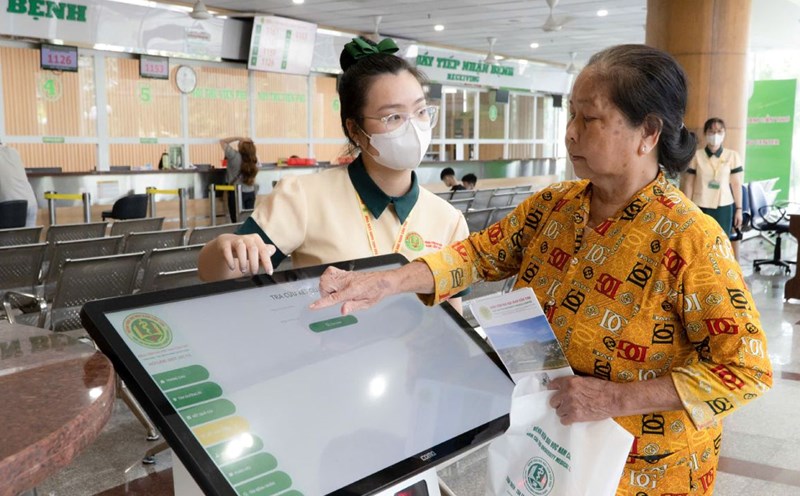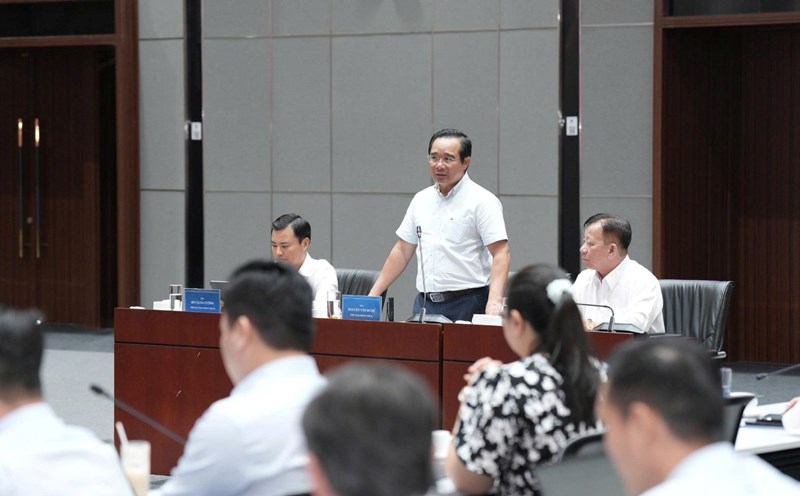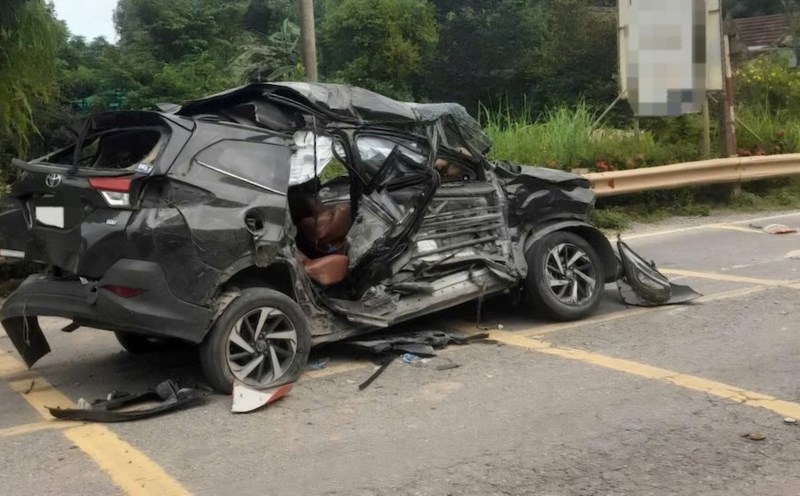Transport infrastructure - The key to expanding the development space of the Mekong Delta
According to the report of the Department of Construction at the 1st Congress of the Can Tho City Party Committee, term 2025 - 2030, from July 1, 2025, the new Can Tho city will be officially established on the basis of merging the old Can Tho city with the two provinces of Hau Giang and Soc Trang, according to Resolution 202/2025/QH15 of the National Assembly. The formation of this new strategic administrative unit not only creates a turning point in the organizational apparatus but also opens a new development stage for the Mekong Delta, with Can Tho identified as the center of growth momentum.
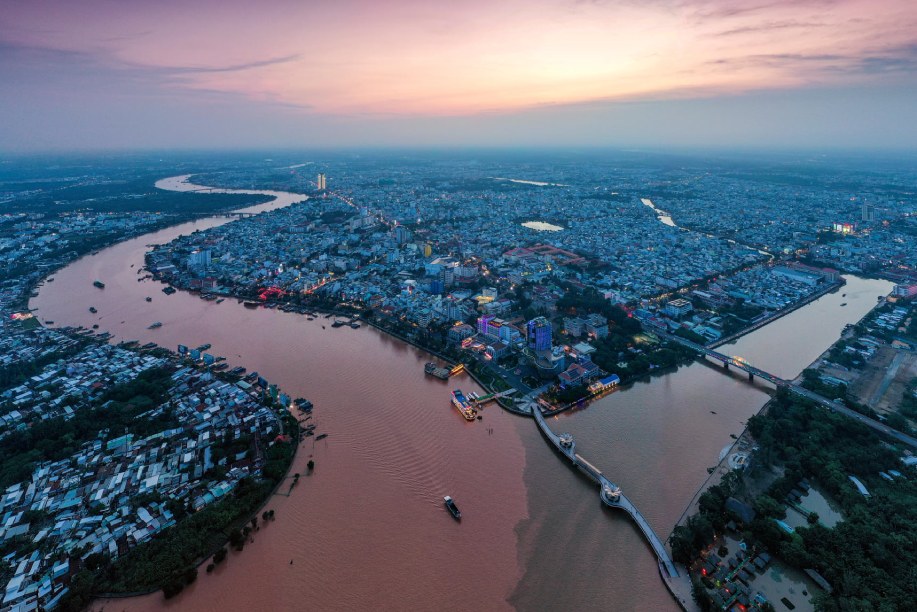
In particular, developing transport infrastructure is considered the "key" to expanding development space, linking regions and improving competitiveness for the entire region.
After the merger, the transportation network of the newly established Can Tho city will be inherited and connected from three localities with many outstanding advantages. In the road sector, a series of key expressway projects are being accelerated, such as: Can Tho - Ca Mau, Chau Doc - Can Tho - Soc Trang, Lo Te - Rach Soi, with the goal of completing about 600 km of expressway by 2026, with only a few routes expected to be put into operation in 2025.
The city currently has 9 national highways with a total length of over 560 km and 40 provincial roads with a length of over 800 km. This is a vital transportation system that helps connect conveniently between urban areas in the region, while effectively serving the transportation of goods, passengers and developing agriculture, industry and tourism.
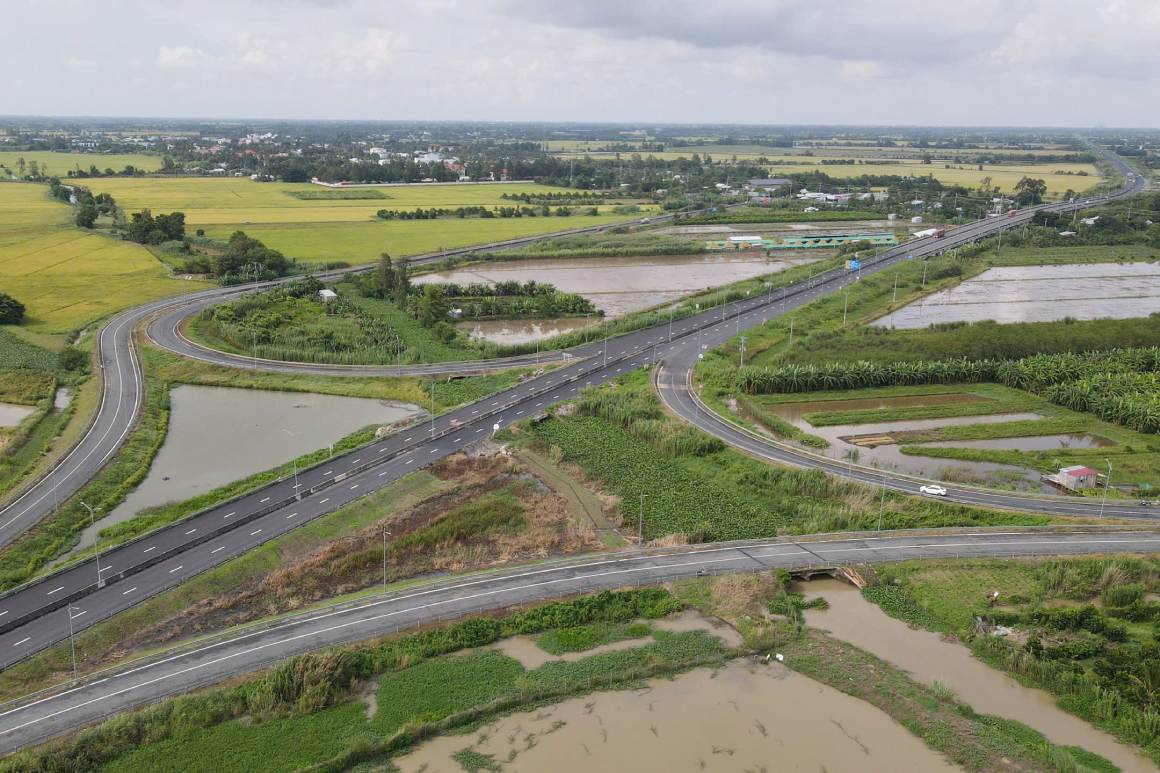
In addition, the system of more than 12,000 km of rural roads and nearly 3,600 km of inland waterways managed by localities (and 344 km managed by the Central Government) creates a multi-modal transport network with great potential. This infrastructure is especially suitable for developing agricultural logistics - one of the leading strengths of the Mekong Delta region.
Launching the Can Tho region
Not only focusing on road development, Can Tho city is promoting the exploitation of other types of transport such as: waterway, maritime, aviation, railway... in order to gradually build a modern, synchronous and comprehensively connected transport system.
With the advantage of 72 km of Hau River coastline and 177 km of haility, the two main shipping lanes, Dinh An - Song Hau and Quan Chanh Bo, are currently taking on the role of strategic transportation, serving ships from 10,000 - 200,000 tons. Currently, the output of goods through the city's seaport system reaches about 12 million tons/year. In the near future, Tran De port - oriented as an international gateway port of the Mekong Delta will create a strong breakthrough for the regional marine economy.
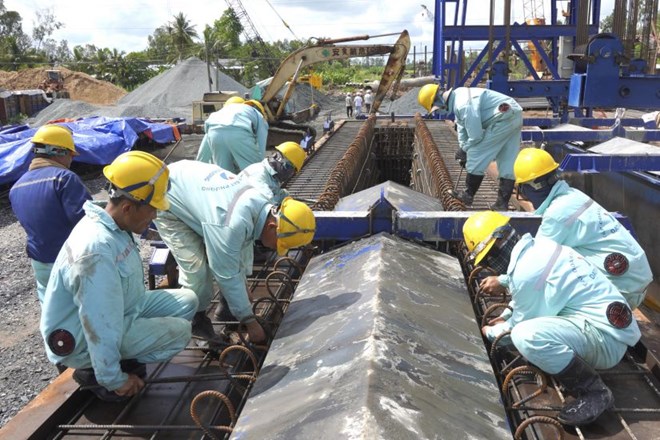
In the aviation sector, Can Tho International Airport will be upgraded to 7 million passengers/year, with the construction of additional cargo terminals and aviation logistics centers. This will be an important transit hub, serving both passengers and goods from the Mekong Delta to major domestic and international economic centers.
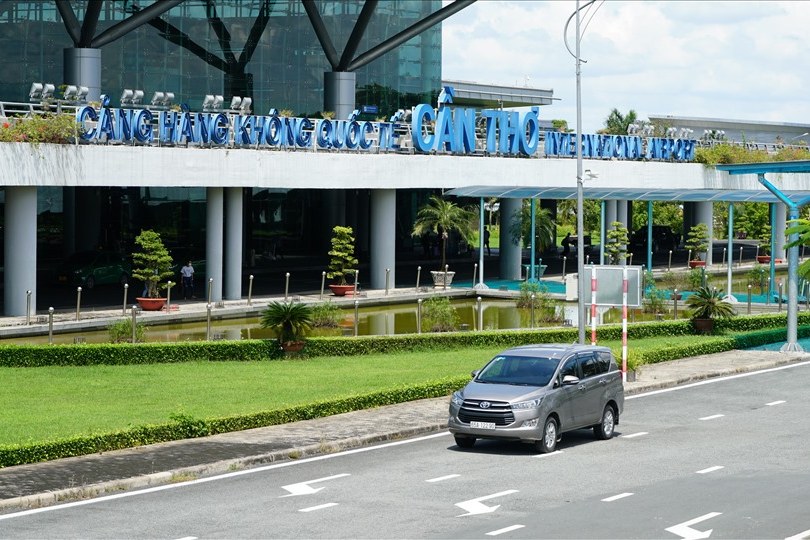
In particular, the Ho Chi Minh - Can Tho railway line, about 174 km long, is also being promoted for investment. This project is expected to open a new connection axis between the Western region and the Southeast region, reducing pressure on roads and contributing to the development of a modern public transport system.
Synchronous development of transport infrastructure is not only an urgent requirement after the merger, but also a foundation for Can Tho to realize its role as the center of the Mekong Delta.


